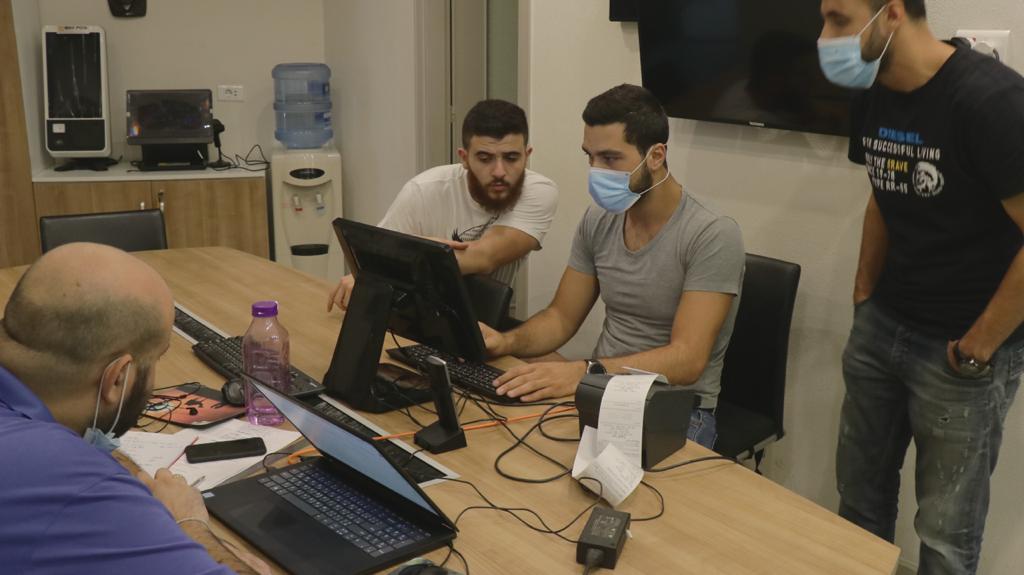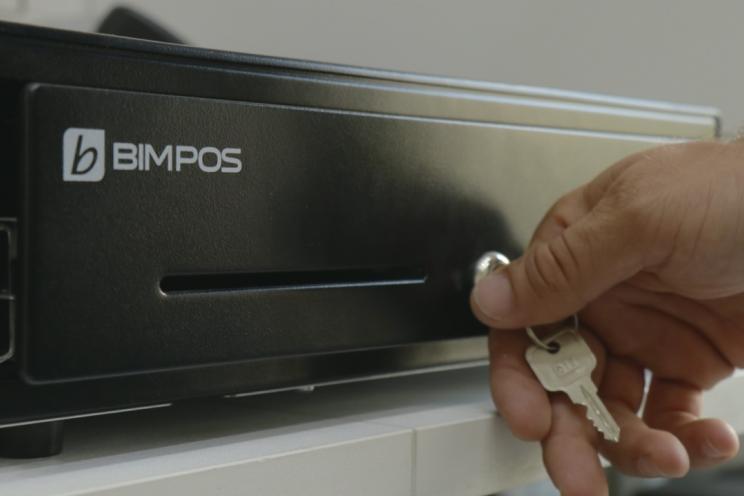
Successful onboarding tips that retain your best performing employees
You just hired new people for your restaurant.
You interviewed them, probably tested them and finally chose the ones that are the best fit in all aspects.
Regardless of the position you just filled, the onboarding process is the key for the success of your new team.
Onboarding means that you care enough about your staff and you look for a solid relationship with them.
It helps you with retaining your employees and increasing productivity when everyone knows what to expect and what is expected from their side.
Knowing the costs associated with hiring new employees which can be around $1,000, you’d certainly want to spend a bit of time and money creating your onboarding process that best suits your restaurant’s values.
What is the onboarding process?
It is a human resource term that refers to introducing new hires to the organization known as organizational socialization.
What are the different onboarding steps that you need to go through?
Collection of paperwork
Collect all the needed paperwork from new hires such as:
- identification
- clean criminal record report
- social security number
- Employee contact information and emergency contact information
Make sure you have these papers by the first day maximum.
Communicate the policy and guidelines
Restaurants are different and so are their policies.
Communicate different policies such as:
- the lunch breaks
- dress code
- expected behaviors
- attendance
- annual leaves
- opening and closing hours
- most importantly harassment
Information like how to submit for leaves, break policies, overtime and smoking policies should be all clear.
New hires should know what to expect at this level.
Explain the roles and hierarchy of the whole staff to define the expectations of each role including the role of the new hires.
It is beneficial to have an employee handbook that explains all the rules and policies that you want to communicate to your staff.
The handbook should include clear policies and practical information about the required conduct at restaurants.
Set up the training schedule
You should assign a mentor or mentors depending on the departments they will be working in.
Shadowing especially for the first two weeks or until the new employee feels confident on his own is critically important so they feel supported.
All the objectives from the training should be clearly communicated to the new hires.
Training should include:
- familiarization of the menu items
- pairing options
- upselling techniques
- review of the ingredients and allergens
Health and safety training is essential at restaurants even when the pandemic is over.
Food handling requires strict safety protocols to be followed by employees. The pandemic makes it even more difficult with the new restrictions that should be applied.
Many customers pay critical attention to health and safety protocols so your new employees should be aware of all the requirements.
Set up the new employees into the system
You need to create login information for the new hires for the system.
Set up the email, payroll and payment platform and attendance system.
Make them familiar with the system such as the ordering system, inventory and accounting.
Communicate the values, history and mission
It’s one of the most critical points to address with your employees.
Each restaurant and business has its own history, story and mission. Explain them clearly to your new employees so they understand the expected behaviors from them and the work environment they will be joining.
It’s important that your employees share the same values with you. It helps you with branding the image you want your customers to see and feel.
Set up a feedback plan
The feedback should include attainable goals for the employees to reach.
Goals include working independently instead of shadowing, successfully working in rush hours, applying few upselling techniques and working independently on the system.
These goals can be scheduled on different time frames.
You can set different goals for the first month, then the second and the third which is usually the end of the probation period.
A successful onboarding process sets your employees up for success. The hiring process is very important but don’t stop there. Apply an onboarding process that suits your values and retains employees.





